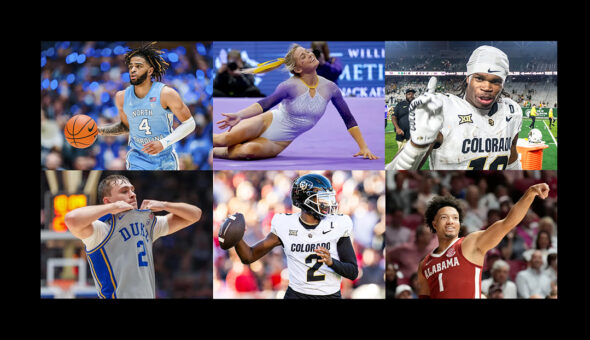Do me a favor: Go find your university’s brand guide and flip through it. I bet you see a lot of information about how to use logos and color palettes. You likely find something about messaging pillars and language about when it’s appropriate to use your university’s seal. There is probably guidance around photography and videography style and tips for how to spell out your institution’s name on second reference. All of this is important, but ask yourself: what’s missing?
If the campus you call home is among thousands of others in the United States who have placed a priority (with a heightened emphasis in the last two years) on diversity, equity, and inclusion initiatives, that should be reflected front and center in your brand guide. DEI work should not be isolated to a single office. It should permeate our campuses. Everything we write or say about our institution should reflect the value we place on becoming diverse, equitable and inclusive communities that value the voices of all members.
As communicators, we tell the story of our institutions. As such, we must cultivate an environment that empowers and obligates our teams to challenge their biases and examine their blind spots. We must engage all of our audiences so that we better understand their identities and experiences so that we can represent them in the best way possible. And we must also build cultural awareness to help us understand how different audiences may react to our messaging and so that we can make educated and thoughtful decisions about the words and images we use. Diversity has to be integrated into the start of our creative process and cannot be relegated to a checkbox. And it has to be authentic and real — not performative, and not in a way that misrepresents the reality on our campuses — while also being sensitive to cultural nuances. In short, diversity, equity and inclusion must be incorporated into everything that we do — and it must be done with purpose and sensitivity.
Silence in the face of prejudice is as harmful as prejudice itself. It is not enough to give DEI lip service. We must live these values — and challenge our colleagues across the institution to do the same.
And as communicators, we have the opportunity to be a constant voice and champion for ensuring our work toward greater inclusion and equity is not just lip service or surface-level. We must recognize how the cumulative disadvantages resulting from historical inequities converge to limit not only access to higher education but also the opportunities afforded and the ability to persist once in college. We must acknowledge and embrace the fact that members of our campus community come from varied backgrounds, all of whom bring valuable contributions to our institutions.
Our brand guides are the foundational documents that explore who we are and how we wish to represent ourselves in the world. If our campuses truly embrace diversity, equity and inclusion, we must place that emphasis front and center as we think about how we tell our stories. An inclusive branding statement should be more than just a one-paragraph statement. Rather, it should be a charge that calls upon those who use our brands to question their biases and do the work to move DEI efforts from a checkbox approach to an integrated and authentic theme in all that we do.
My parents raised me to share their values of social justice, kindness, and integrity. From my father, who passed away in 2019, I learned that silence in the face of prejudice is as harmful as prejudice itself. He raised me to be the girl who sat next to the friendless child, to be the teenager who called out the bullies, and to be the woman who fought to ensure more voices were at the table. From this I learned that it is not enough to give DEI lip service. We must live these values — and challenge our colleagues across the institution to do the same.







